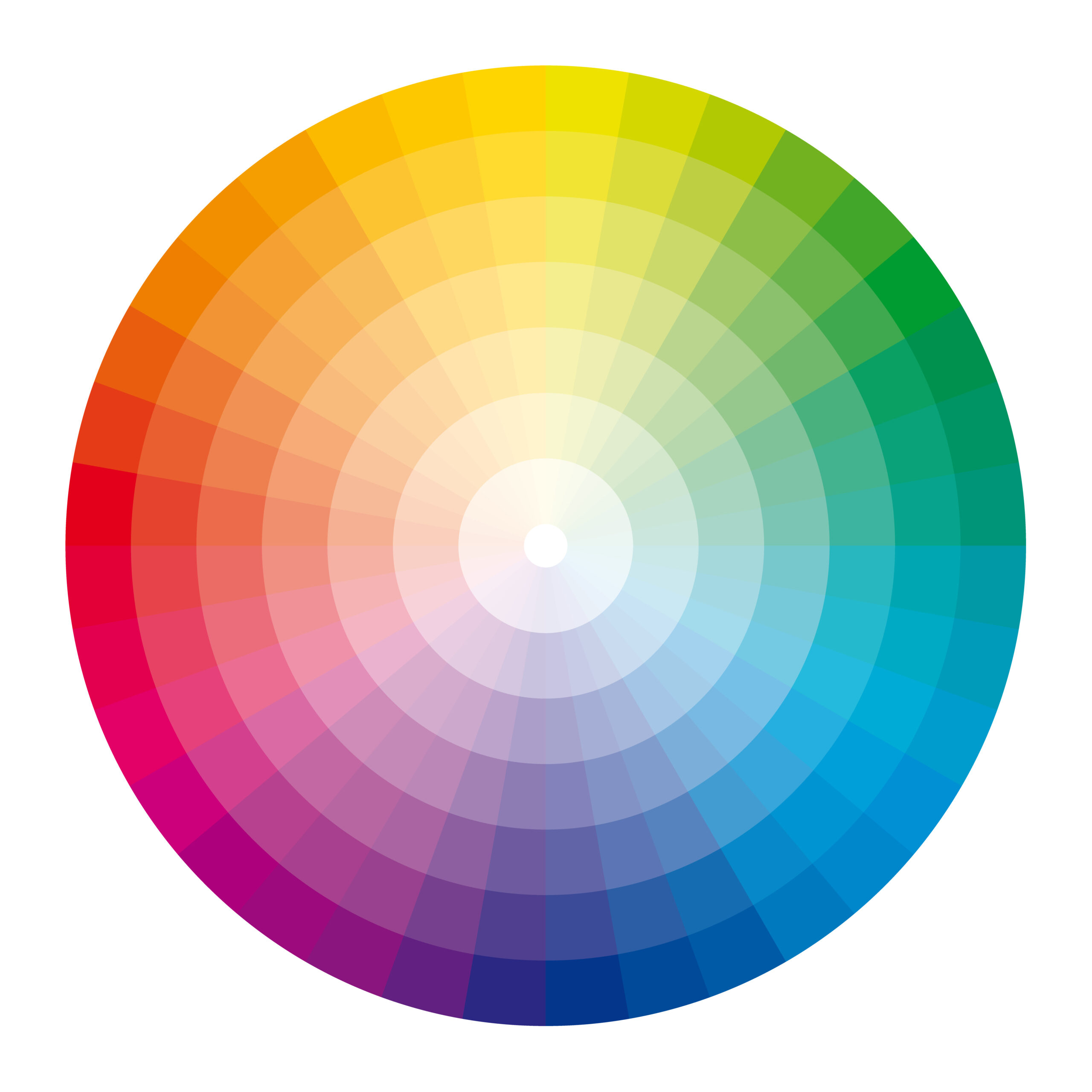One of the most important makeup lessons I have learned over the years is how to color correct. Whether it is disguising dark under eye circles, masking hyperpigmentation, covering a breakout, or neutralizing redness, understanding the basics of color correcting can transform your problem area.
In order to understand color correcting, you need to think back to art class and basic color theory. So we begin by looking at the color wheel. Each color sits directly across from another color, making them complementary colors. If we look at red, the color opposing it is green. When red and green are combined, they neutralize each other (i.e. cancel each other out). So, whichever color you are looking to conceal/neutralize, find the corresponding color on the color wheel.
The Issue: Redness
Whether redness comes about in the form of rosacea, a stubborn zit, or sunburn, a green corrector will effectively neutralize it. If you have widespread redness (think rosacea and sunburn), a green primer is probably the best option to significantly reduce the redness and get an even toned base for a flawless foundation application. If you need a little more coverage or are wishing to spot-cover the redness from a pimple, try a green corrector. While green primers and correctors tend to be great for more fair skin tones, a yellow-based concealer/corrector can help to cover redness on those with olive undertones. If you notice that your redness least more toward the magenta/purple side than that of a true red, yellow will likely neutralize your discoloration more than green would.
The Issue: Dark Under Eye Circles
If you are dealing with blue under eye circles, the ideal corrector to look for is on with a peach or orange undertone. If you have more fair skin, you will likely want to go with peach/salmon, whereas if you are slightly darker (medium to deep tones), you will want an orange-toned corrector. If you under eye circles tend to have a more purple hue to them, you will want to reach for a more yellow-based corrector. If you have a deeper complexion, grab a corrector with a red undertone. Sometimes, dark circles have a mixture of the blue and purple hues, so you may need to use a mixture of the orange, yellow, and salmon/peach correctors.
The Issue: Sallow (Yellow-ish) Skin
Purple/Lavender correctors are best suited for eliminating yellow tones from the face. Purple combats sallow undertones and can brighten dullness.
When color correcting, you typically want to apply the corrector to bare skin. The corrector can be in the form of a primer or concealer. After you color correct, then you can apply your foundation overtop and voila- flawless skin! If you are one of the lucky ones who doesn’t have many imperfections to hide, a skin-toned concealer is all you need. Just apply your base, then conceal any spot that need a little extra coverage!
Shop our favorite skincare and more on Derm to Door.com!
Head back to our blog here!


